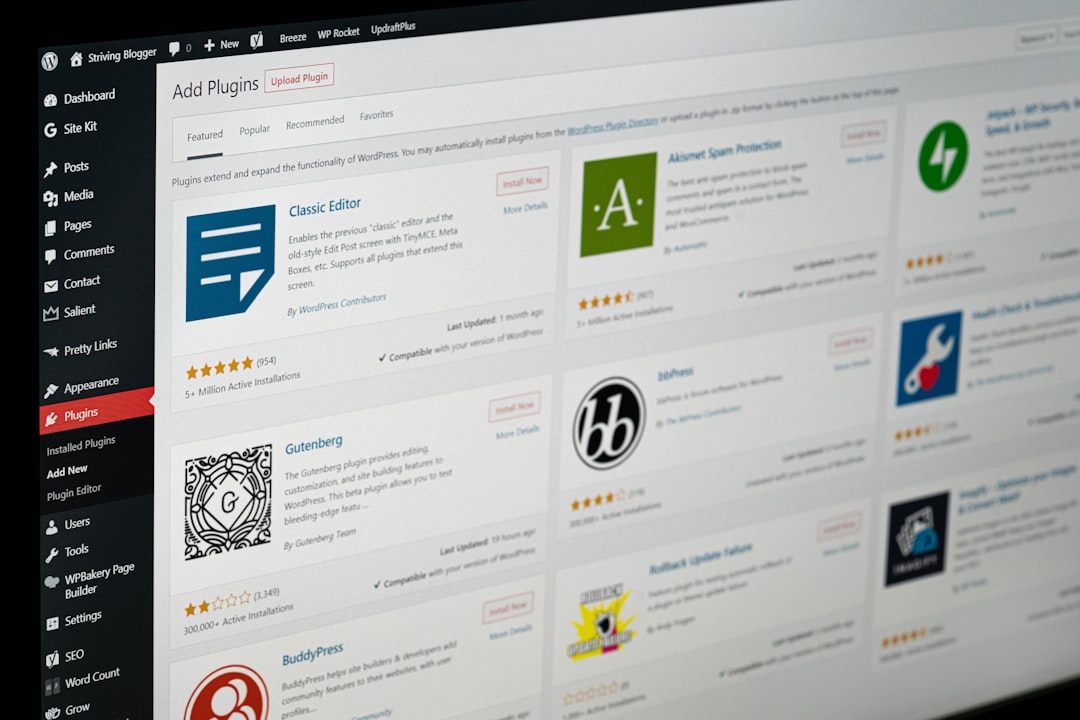In today’s digital era, where data-driven decisions reign supreme, offering users dynamic tools such as calculators can significantly boost both user experience and on-site engagement. Whether it’s for financial estimations, educational purposes, or product customization, calculators offer clear, actionable information instantly. But when managing a network of interconnected web properties—or simply a site with dozens or hundreds of individual pages—reusing and maintaining calculators can become a daunting task. That’s where the idea of building a Calculators Library for Links comes into play.
What is a Calculators Library for Links?
A Calculators Library for Links is essentially a centralized repository of web-based calculators that can be easily implemented and accessed through hyperlinks or embedded objects. These calculators can serve a wide range of industries from finance and e-commerce to fitness, construction, and beyond.
By hosting calculators in a centralized location and linking to them as needed, developers and content managers can:
- Ensure consistency and accuracy across all instances of the calculator
- Reduce development time for new content
- Facilitate easy updates and maintenance
- Improve SEO and analytics tracking
Benefits of a Centralized Calculators Library
Creating a centralized calculators library offers both technical and editorial benefits. Here’s why it matters:
1. Easy Maintenance
Instead of having dozens of isolated calculators scattered across your site or sites, which would require manual updating, you can maintain a single source for each calculator. A change in logic or UI reflects everywhere instantly.
2. Uniform Design and Experience
By using a consistent design framework, every calculator in your library can offer a uniform user experience. Whether a user interacts with a mortgage calculator or a calorie estimator, the interface feels familiar and trustworthy.

3. Scalability
As your website expands or as new use cases are identified, you can simply plug individual calculators into new pages without the need to reinvent the wheel. Linking becomes as simple as grabbing a URL or embedding a component.
4. Enhanced Analytics
When calculators are separated from content and accessed via links, it’s easier to track their direct usage. This insight lets stakeholders understand user behavior more clearly and optimize accordingly.
How to Build a Calculators Library
Constructing a calculators library involves several phases: planning, development, testing, deployment, and documentation. Let’s walk through the steps to create an effective and reusable system.
Step 1: Define Your Use Cases
Begin by identifying the calculators you need. Consider your audience, industry needs, and the types of problems users are looking to solve. Common calculator types include:
- Finance: Loan, Mortgage, Budgeting
- Health & Fitness: BMI, Calorie Intake, BMR
- Engineering: Pressure Drop, Unit Conversions
- E-commerce: Price Calculators, Shipping Estimates
Once defined, prioritize them based on the expected benefit to users or business value.
Step 2: Choose a Technology Stack
Calculators can be built using various technologies, but the key is accessibility and responsiveness. Popular front-end options include:
- JavaScript: Ideal for client-side interactivity
- React or Vue.js: Helpful for building reusable components
- Bootstrap or Tailwind: For quick, clean styling
On the back-end, if complex data needs to be processed or stored, frameworks like Node.js, Python, or PHP can be used. Hosting this library can be done via cloud providers like AWS, Netlify, or Vercel for scalability.
Step 3: Build Modular Functions
Each calculator should be standalone and modular, with a clear separation between logic, UI, and data. This structure
- Makes testing and debugging easier
- Allows quick replication for similar calculators
- Enables usage across projects without dependency headaches
Start by coding the logic in pure JavaScript or as function libraries. Then, design the interface with user-centered principles, ensuring the UI is mobile responsive and accessible.
Step 4: Integration and Linking
Every calculator should have its own landing page or embedded link form. This facilitates deeper integration within articles, blog posts, landing pages, and even email campaigns.
There are two primary ways to link calculators:
- Full-page Embedding: Ideal for sidebars or blog content.
- Popup or Modal Linking: Suited for action buttons that trigger calculator use within a current page context.
For seamless visibility, assign each calculator a unique, SEO-friendly URL (e.g., /tools/mortgage-calculator).
Step 5: Test Thoroughly
Before publishing any calculator, test it for:
- Computational Accuracy
- Responsive Design
- Browser Compatibility
- Accessibility (ARIA labels, screen reader support)
Consider automated testing using tools like Jest or Cypress, especially if your library grows large enough to include dozens of calculators.

Tracking and Updating Your Calculators
As a dynamic content resource, your calculators library must evolve with user trends, updated formulas, and design updates. Here’s how to stay ahead of the curve:
- Implement Analytics: Use Google Analytics or similar tools to track calculator usage, interaction rates, and drop-offs.
- Schedule Reviews: Regularly audit calculators for outdated formulas or usability issues.
- Gather Feedback: Enable a user feedback form directly within calculators to solicit feature requests or bug alerts.
Real-World Applications
Many industries have embraced centralized calculators as a core part of their digital strategy. For example:
- Financial Platforms: Display calculators to estimate interest, investment growth, or tax implications based on location or income.
- E-commerce Sites: Provide custom pricing based on product configuration and shipping preferences.
- Education Portals: Use GPA calculators, scholarship estimators, and degree timeline tools to attract and support students.
Because calculators inherently engage users through interaction, they increase the duration of visits on pages and can improve long-term SEO visibility.
Conclusion
Constructing a centralized Calculators Library for Links transforms how your users engage with content, enhancing trust and utility while reducing your site’s maintenance overhead. Whether you’re running a content-heavy site, an e-commerce platform, or a full-fledged SaaS product, the inclusion of interactive calculators tailored to user needs can pay massive dividends.
Start small, build strategically, and soon, you’ll have a dynamic toolkit that enhances your digital assets across the board. Through careful planning, flexible development, and continual iteration, your calculators library will become more than a technical tool—it will be a cornerstone of intelligent, engaging content strategy.



